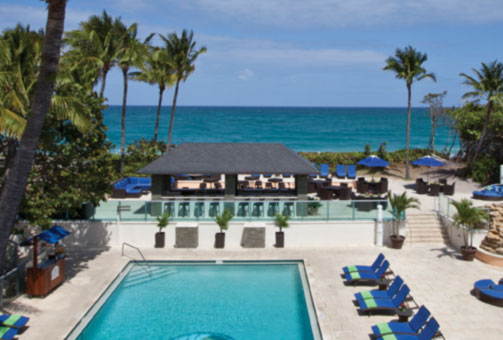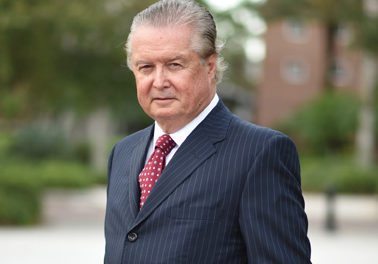“Arrrgh Matey… Gimme All the Gold Ya Got!”
Each year on the cusp between January and February, 19th-century pirates make an appearance in Tampa Bay during the Gasparilla Pirate Festival. The celebration has become a norm of Tampa culture featuring a dramatic performance where pirate ships sail toward Downtown Tampa and demand the key to the city from the Mayor. The pirates then parade through the city, firing off their mini cannons while festival attendees throw beads, coins, and other trinkets at the victors. The festivities continue until the end of February, when the pirates return the city’s key to the mayor and make the return voyage across Tampa Bay.
Gasparilla is an essential part of the Big Guava’s character: Tampa isn’t just all Cuban cigars and Busch Gardens—it’s a result of history deeply rooted in Spanish exploration and, yes, even piracy; however, what exactly is “Gasparilla,” and why do we celebrate it?
The Gasparilla Pirate Festival is named after the Spaniard José Gaspar, a legendary buccaneer supposed to have raided Florida’s Gulf coast in the early 1800s. As folklore has it, Gaspar was a Spanish naval officer before inciting a mutiny and fleeing to our favorite peninsula. He created a hideout on Gasparilla Island, south of Port Charlotte, and terrorized the Gulf aboard his ship Floridablanca. He reigned over the region, plundering dozens of ships, until December 1821 when Spain sold the territory to the United States. With Americans came the USS Enterprise, a pirate-hunting ship that drove Gaspar to jump from the bow of the Floridablanca, preferring to die by his own hand instead of the enemy’s.
While there’s no historical evidence of this grand tale being true, the first written account of José Gaspar comes from an early 20th-century brochure for the Charlotte Harbor and Northern Railroad Company. The pamphlet boasted that Gaspar’s treasure—never to have been found—was buried near the Boca Grande Hotel, a major stop for the railroad. A Boston historian at the time saw the advertisement and took it as fact, including Gaspar’s name in his book Piracy in the West Indies and Its Suppression. From there, the questionable tale has been retold throughout several southern pirate chronologies, giving José Gaspar’s questionable legend an accepted place in Florida’s history.
From Gaspar the legend came Gasparilla the festival. In May of 1904, Tampa’s city leaders used the daring tale of pirate conquest to spice up their typical May Day celebration with a spice that would connect with the locals.
From Gaspar the legend came Gasparilla the festival. In May of 1904, Tampa’s city leaders used the daring tale of pirate conquest to spice up their typical May Day celebration with a spice that would connect with the locals. The idea was to create a Tampa Bay Mardi Gras or Carnivale. Interestingly, the original recreation of the pirate invasion occurred on horseback, with the first invasion on actual ships not performed until 1911. After World War I the festival officially moved to the second Monday in February to coincide with Florida State Fair; the parade route would end at Plant Field in downtown Tampa. While the route has varied over the years, the pirates always march through downtown and past a long stretch of Bayshore Boulevard.
At first, the only “pirates” who participated in the invasion were men who were members of Ye Mystic Krewe of Gasparilla, an organization who exists to this day, using José Gasparilla II, a replica of an 18th-century West Indiaman commissioned in 1954. The festival’s inclusivity expanded as the first all-female and all-Latino krewes participated in 1966 and 1973, respectively, and all minorities were allowed to participate in 1991. In 1988, the opening parade was moved to the first Saturday of February to include those out of town who wanted to attend. Since its inception, the celebration has also added a children’s and high schooler’s parade, a distance classic, a film festival, and a music festival. A highly-anticipated yearly event, the only occasion that Gasparilla has ever been completely cancelled was during World War II.
Today, 50 pirate krewes sail across the harbor and march through the city. With approximately a half-million attendees for the main parade, Gasparilla is the third largest parade in the United States and the children’s parade is the largest with a quarter of a million attendees—and it all started with a 19th-century, treasure-hungry buccaneer who may not have even existed. Who knew being a pirate could be so much fun?







